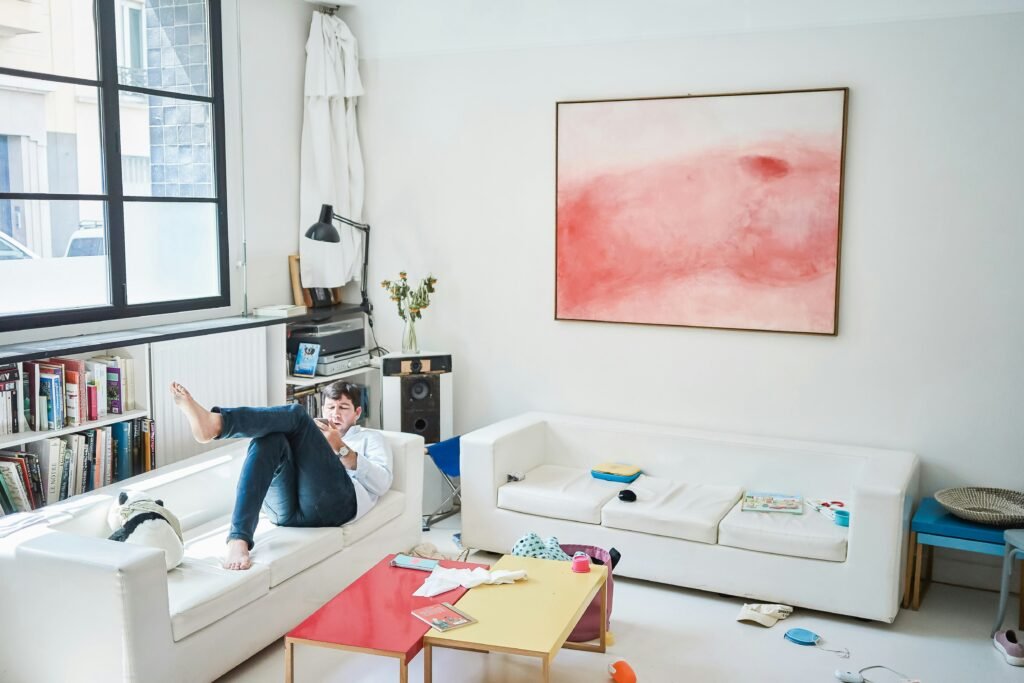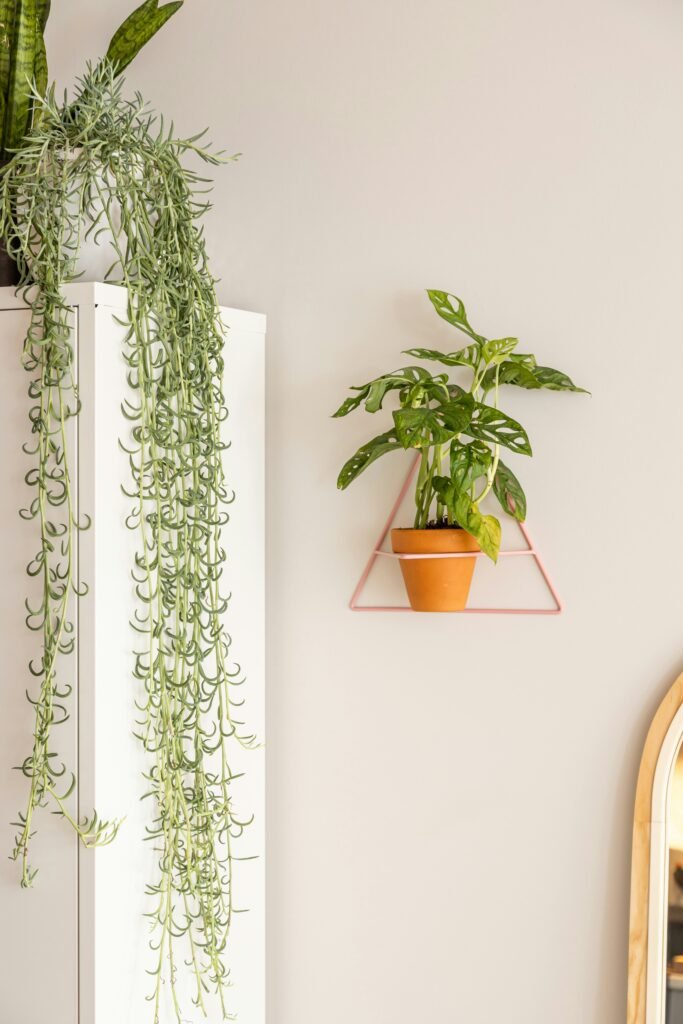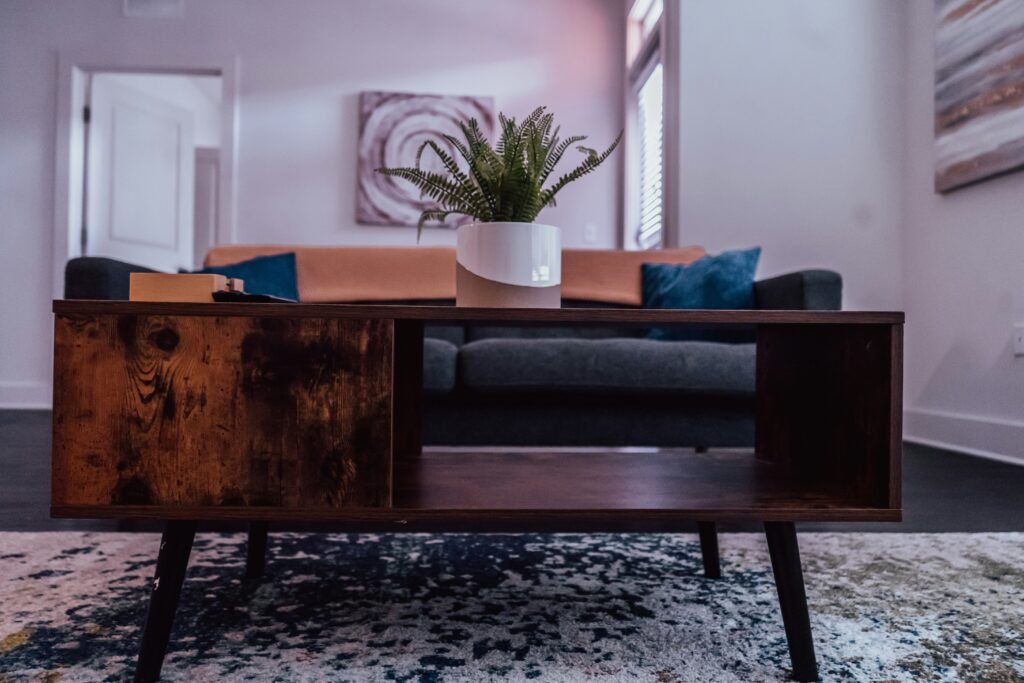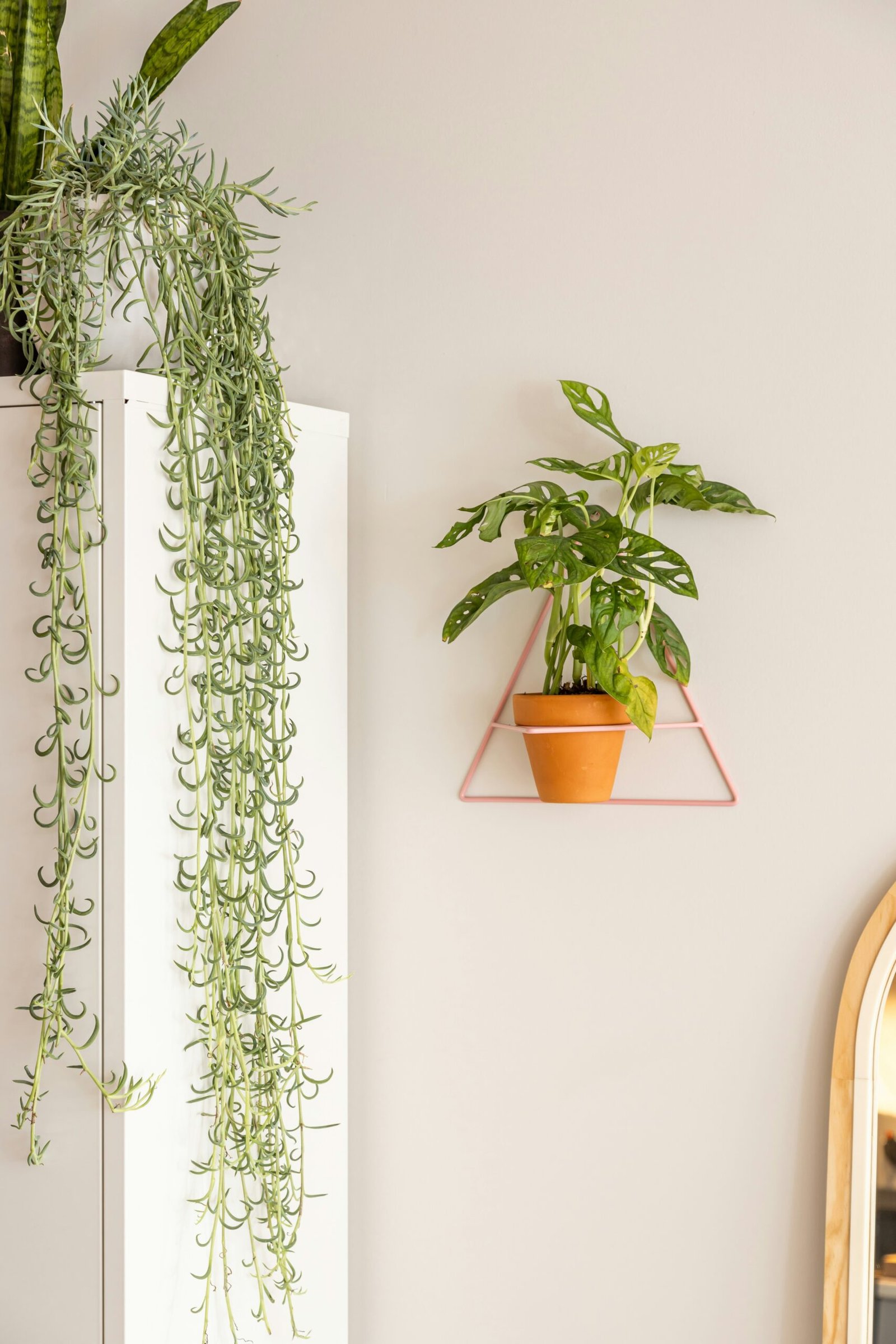Do you want your rental to feel like your own without risking the deposit or breaking the lease?

What Are The Best Home Decor Tips For Renters?
You can create a comfortable, stylish, and personal space even when you can’t make permanent changes. This article gives practical, renter-friendly tips so you can transform every room with minimal damage, cost, and fuss.
Start with a Plan and a Priority List
Before buying anything, take a moment to plan. You’ll save money and avoid clutter if you set priorities for which rooms or items matter most to your daily life.
Decide what you need versus what you want. Think about which rooms need the biggest functional upgrades first — usually kitchen, living room, and bedroom — and which aesthetic tweaks will have the biggest impact.
Measure Everything
Measurements guide every good decorating choice. You’ll avoid returns and awkward fits if you measure your rooms, doors, window sizes, and stairs.
Write down ceiling heights, room dimensions, and door clearances. When you order furniture online, compare product dimensions to your measurements before committing.
Create a Mood Board or Folder
Collect colors, textures, and furniture styles that appeal to you. A mood board simplifies decisions and ensures a cohesive look across rooms.
You can use apps, a Pinterest board, or a simple folder of screenshots and fabric swatches. Keeping visuals together helps you stick to a style and avoid impulse buys.
Understand Your Lease and Ask Permission
Your lease sets the boundaries for what you can and cannot change. Knowing the rules prevents costly disputes and unexpected deductions from your security deposit.
If a change isn’t explicitly allowed, ask your landlord in writing. Many landlords are reasonable if you propose reversible improvements and offer to restore the unit at move-out.
Common Lease Restrictions and How to Handle Them
Typical clauses restrict painting, drilling, or changing fixtures. You can often get written permission for specific improvements if you promise to return the space to its original condition.
Offer to hire a professional for repairs or to provide a refundable deposit for alterations. Keep a record of written landlord approvals to protect yourself later.
Paint and Temporary Wall Treatments
Painting is one of the fastest ways to change a room, but many leases prohibit it. Fortunately, there are many removable alternatives that mimic the impact of paint.
Removable wallpaper, peel-and-stick wall panels, and large-scale wall decals can create accent walls without permanent changes. They come in a wide range of colors and patterns.
When You Can Paint
If your lease allows it or you secure written permission, choose a high-quality, low-VOC paint in a neutral or statement color. Always prime if you’re covering a darker color to avoid multiple coats.
Document the original color and save a small sample for touch-ups. When you move out, repaint to the original shade if required by the lease.
Removable Wallpaper and Decals
Peel-and-stick wallpaper lets you transform a room with little commitment, and modern adhesives are much easier to remove without residue. Use it for an accent wall, behind a bed, or in a small powder room for big impact.
Test a small section first and follow the manufacturer’s removal instructions. For best results, apply where walls are clean and smooth.
Flooring Solutions That Won’t Cost Your Deposit
You can significantly change the look and feel of a room without replacing the existing flooring. Area rugs and interlocking floor tiles offer comfort, insulation, and style.
Rugs define spaces, add texture, and protect floors from wear. Non-slip rug pads preserve both the rug and the landlord’s floors.
Peel-and-Stick Tiles and Rugs
Peel-and-stick vinyl tiles are great for kitchens and entryways when allowed by your lease. They’re affordable and come in realistic stone or wood looks.
Interlocking foam or vinyl tiles are ideal for basements or home gyms. They’re quick to install and remove and can make an otherwise cold floor feel welcoming.
Protecting Existing Floors
Use felt pads under furniture to prevent scratches and lift heavy pieces carefully to avoid gouges. When moving furniture, use sliders or a moving blanket.
If you must repair tiny scratches at move-out, keep a small kit of wood markers or wax sticks that match the floor color for quick touch-ups.
Furniture Choices for Flexibility
Choose furniture that adapts to your lifestyle and space. Multi-functional pieces make small rentals livable and stylish.
Opt for a sofa bed, nesting tables, or a folding dining table if you need to switch functions often. Choose neutral base pieces and add personality with small, inexpensive accents.
Sizing and Scale
Make sure furniture is proportional to the room — too-big pieces will overwhelm, too-small will feel awkward. Use painter’s tape on the floor to visualize furniture footprints.
Leave enough circulation space so your room feels open and easy to move through. A layout that works practically will feel more put-together.
Lightweight and Modular Pieces
Lightweight furniture makes moving easier and reduces the risk of damage while you rearrange. Modular shelving and sectional sofas let you reconfigure as your needs change.
Choose pieces with removable covers or easy-to-clean surfaces for longevity and convenience.
Lighting: Layers Matter
Good lighting changes mood, highlights decor, and makes spaces look larger. You’ll improve both function and ambiance with a layered approach.
Use a mix of overhead, task, and accent lighting. Table lamps and floor lamps are usually allowed and don’t require rewiring.
Lamps and Lampshades
You can drastically alter the look of a room by swapping lamp shades and bulbs. Warm bulbs make rooms feel cozy; cooler bulbs are better for workspaces.
Place task lighting near reading chairs, kitchen counters, and desks. A dimmable floor lamp adds flexibility without any electrical work.
LED Strips and Plug-In Fixtures
LED strips can be mounted under cabinets or behind furniture to create soft accent lighting. Choose plug-in options to avoid electrical changes.
Use adhesive-friendly channels for a cleaner installation and plan cable runs to avoid visible wires.
Window Treatments That Add Personality
Curtains, blinds, and shades influence light, privacy, and style. You can hang many types without drilling into trim.
Tension rods, no-drill curtain rods, and command hooks can support light to medium-weight curtains. If you want heavier drapes, ask your landlord for permission to put up more secure hardware.
Choosing Curtains
Long curtains that reach the floor make ceilings seem taller. Sheer curtains let in light while offering privacy during the day.
Layering curtains — a blackout shade with a decorative sheer — balances function and aesthetics. Use neutral base layers and switch decorative panels seasonally.
No-Drill Options
Tension rods work inside window frames for lightweight curtains, and magnetic rods work on metal doors. For heavier solutions, consider a professional-installed rod with landlord approval.
Command hooks and adhesive-backed curtain rod brackets are perfect for renters if used according to weight limits and manufacturer guidelines.

Wall Art and Personalization
Art and photos make a rental feel lived-in. You can hang many pieces without nails if you use the right methods.
Command strips, picture rail hooks, and leaning artwork on shelves or mantels are renter-friendly choices that still look intentional and stylish.
Creating a Gallery Wall
Lay your frames on the floor first to plan the arrangement. Once you’re happy, use removable hooks or picture hanging strips to mount them without holes.
Keep the gallery cohesive by using a consistent frame color or matting style. Vary the sizes but maintain balance by spacing frames evenly.
Shelves and Display Surfaces
Freestanding shelves and ladder shelves add storage and display space without wall anchors. Use floating shelves with landlord permission for a cleaner look.
Display books, plants, and curated objects in groups to avoid clutter and to create focal points.
Kitchen Upgrades Without Permanent Changes
Kitchens can be challenging in rentals, but small updates can make a big difference. Think in terms of organization, style, and functionality.
Use contact paper for cabinet faces, removable backsplash tiles, and decorative hardware that you can replace at move-out if needed.
Backsplashes and Cabinet Updates
Peel-and-stick backsplash tiles can give a dated kitchen a new look. They’re easy to apply and remove and come in many finishes.
To change cabinet hardware, keep the original knobs and screws for reinstallation. If holes don’t line up, use decorative plugs or ask your landlord for permission to drill new ones.
Appliances and Small Upgrades
You can add a stylish microwave stand or rolling island for more counter space. Small appliances in matching finishes (like black stainless or white) create a curated appearance.
Consider energy-efficient appliances if they’re yours — they’ll make cooking easier and can lower bills.
Bathroom Tips That Feel Luxurious
Bathrooms are usually small but highly visible. Small upgrades here can feel like a major renovation if done well.
Use peel-and-stick tiles for shower surrounds that don’t get soaked or apply removable decals above sinks. Swap shower curtains and add a chic bath mat for immediate impact.
Storage and Organization
Add slim rolling carts, tension-wire shelves for corners, and over-the-toilet shelving to maximize vertical space. Keep daily items in baskets for a tidy look.
Use suction cup organizers for shower essentials in tile or glass showers where allowed. Keep everything ventilated to prevent mold.
Shower and Fixture Changes
Switch out a showerhead for a more luxurious model if your lease allows — many are simple screw-on upgrades. If you swap it, keep the old one to re-install before moving out.
Attachable shower caddies and hooks that stick to tile are excellent for renters because they’re removable and avoid drilling.
Closet and Storage Hacks
Closets in rentals are often small or poorly organized. Smart storage solutions can expand usable space and keep things tidy.
Use hanging organizers, tension rods for double hanging, and stackable bins to make the most of vertical space. Shoe racks, slim hangers, and drawer dividers help maximize capacity.
Seasonal Rotation
Rotate out-of-season clothing into vacuum-sealed bags or under-bed bins. This frees closet space and controls clutter.
Label bins clearly so you can access seasonal items easily — this keeps your daily routines straightforward and neat.
Installing Shelves and Rods Temporarily
Free-standing closet systems provide structure without wall anchors. Tension-based closet systems can add shelves and rods where permitted.
If you get landlord permission to install permanent rods, use materials and finishes that match the home and restore everything as required at move-out.

Balconies and Small Outdoor Spaces
If you have a balcony or patio, it’s an extension of your living space. Even small outdoor areas can become serene retreats with a few simple touches.
Choose weather-ready furniture and durable rugs. String lights and potted plants make the area cozy and private.
Privacy Solutions
Bamboo screens, outdoor fabric panels, and tall potted plants can create privacy without permanent changes. Use planters that don’t damage the railing or floor.
If your landlord allows, add railing planters for herbs or flowers that give you fresh produce and color.
Seasonal Care
Store cushions and fabrics during heavy rain or winter if you can’t leave them outside, or choose weatherproof materials. Use furniture covers if you keep items on the balcony year-round.
Plants and Natural Elements
Plants make a place feel alive and improve air quality. Choose plants that fit your lighting conditions and schedule.
If you don’t have a green thumb, start with hardy varieties like snake plants, pothos, or ZZ plants. Use pots that match your style and keep a watering routine to avoid over- or under-watering.
Low-Maintenance Plant Ideas
Succulents, spider plants, and peace lilies are forgiving and attractive. A few well-placed plants can visually soften corners and add texture to shelves.
Consider a small herb garden in the kitchen for fresh flavors and an additional source of greenery.
Textiles and Layering for Comfort
Textiles define comfort. Layer throws, pillows, and rugs to make rooms cozy and visually interesting.
Mix textures — velvet cushions, woven throws, and a chunky knit blanket — to build depth. Change textiles seasonally to refresh your home without major investments.
Choosing Fabrics
Opt for machine-washable textiles for easy maintenance. Darker or patterned fabrics hide stains better in high-traffic areas.
For pet owners, choose durable synthetic blends or fabrics labeled as pet-friendly to resist claws and hair.
Scents and Small Details
Scent shapes how you perceive a room. Candles, reed diffusers, and essential oil diffusers are quick ways to personalize your space.
Keep scents subtle and consistent to avoid overwhelming visitors. Rotate scents by season — citrus and floral for spring, spicy or woodsy for fall and winter.
Hardware and Small Fixtures
Swapping cabinet knobs, light switch plates, and outlet covers can modernize a room with minimal effort. Store the originals for move-out.
Updating small fixtures is an inexpensive way to change the tone of your home without large-scale renovations.
Budgeting Your Decor Project
Decide on a budget before you start. Allocate funds across furniture, textiles, lighting, and small upgrades.
Make a list of essentials versus decorative items so you can spend strategically. You can achieve a high-impact look with low-cost changes if you prioritize wisely.
Budget Examples
| Budget Level | Focus Areas | Typical Spend Range |
|---|---|---|
| Low ($100–$500) | Rugs, pillows, curtains, plants, small lighting | $100–$500 |
| Medium ($500–$2,000) | Key furniture pieces, removable wallpaper, upgraded lighting | $500–$2,000 |
| High ($2,000+) | Custom pieces, premium rugs, professional installation | $2,000+ |
Allocate about 20–30% of your budget to items that you’ll use daily (sofa, bed) and the rest to accents and organization.
Tools, Adhesives, and Removal Tips
Keep a small toolkit and a list of renter-friendly adhesives to protect surfaces and make cleanup easy.
Use manufacturer-approved methods for removal and test adhesives in an inconspicuous spot first to avoid damage.
Common Tools and Supplies
| Item | Use | Removal Tip |
|---|---|---|
| Command strips | Hanging frames, lightweight shelves | Pull slowly parallel to the wall to avoid residue |
| Felt pads | Under furniture | Replace as needed; easy to remove |
| Removable wallpaper | Accent walls | Heat gently with a hairdryer while peeling to reduce tearing |
| Painter’s tape | Marking layout | Removes cleanly; don’t leave on too long |
| Rug pad | Keeps rugs from slipping | Choose pads sized to the rug and remove periodically to clean floor |
Follow instructions carefully for adhesives and always test on a small area first. If any residue remains, use warm soapy water, oil-based cleaners, or manufacturer-recommended removers.
DIY Projects That Are Renter-Friendly
You can personalize your space with simple DIY projects that are reversible. Framed fabric panels, removable headboards, and temporary shelving are all doable.
Create art by stretching fabric over canvas frames or by arranging multi-frame collages. These are inexpensive, transportable, and look polished.
Step-by-Step: Removable Fabric Headboard
- Measure the width of your bed and the wall space you want to cover.
- Choose a plywood backing cut to size (ask a hardware store to cut it) and cover with batting and fabric using a staple gun.
- Hang the headboard with French cleats if allowed, or use heavy-duty Command strips rated for the weight.
- Keep the original fasteners if your landlord requires removal of anything permanently installed.
This project gives you the look of a built-in headboard that you can take with you when you move.
Preparing for Move-Out: Repair and Documentation
Document everything before you move in and again before you move out. Photos and written records protect your deposit.
Restore any permitted changes if required. Clean thoroughly and fix minor wear and tear using simple repair kits for nail holes, scuffs, and paint touch-ups.
Move-Out Checklist
- Reinstall original hardware and fixtures you replaced.
- Remove adhesives and clean residue according to instructions.
- Patch small nail holes and touch up paint where necessary.
- Deep clean carpets, appliances, and bathrooms.
- Photograph the cleaned unit and keep receipts for professional work if you paid for repairs.
If any issues remain, communicate them to your landlord early and offer to arrange repairs to avoid disputes.
Timeline for a Renter-Friendly Refresh
A phased approach prevents overwhelm and distributes costs. Plan short-term, medium-term, and long-term improvements.
Start with quick wins (cleaning, rugs, lighting) in week one. Over the next month, add furniture and textiles. Save bigger purchases or custom items for three to six months after you’ve settled in.
Sample 90-Day Plan
- Week 1: Deep clean, measure rooms, hang basic curtains, and add rugs.
- Weeks 2–4: Install lighting, art, and temporary wallpaper or backsplashes.
- Months 2–3: Add major furniture, build storage solutions, and fine-tune decor.
Pacing yourself helps you test what works before committing to larger purchases.
Frequently Asked Questions
You may have specific concerns about security deposits, landlord approvals, or the best options for pets. These quick answers cover common renter doubts.
Always refer to your lease for final guidance and keep written communication with your landlord when in doubt.
Can I paint if my lease forbids it?
If your lease forbids painting, use removable wallpaper or large textiles to change wall color visually. If you want to paint, ask for written permission and offer to repaint to the original color at move-out.
How can I make a small apartment feel larger?
Use light colors on walls and textiles, mirrors to reflect light, and furniture that leaves visual space under pieces. Vertical storage and multi-functional furniture make small spaces more efficient.
Final Practical Tips and Checklist
Keep this short checklist handy as you start redecorating so you don’t forget key steps that protect your deposit and sanity.
- Read your lease before making changes.
- Measure twice, buy once.
- Test removable products on a small area first.
- Keep original fixtures and paint samples.
- Use layers of lighting and textiles for warmth.
- Save receipts and take before/after photos.
- Communicate with your landlord in writing for any non-standard changes.
You can turn your rental into a comfortable, attractive, and functional home while respecting restrictions and protecting your deposit. With planning, smart purchases, and renter-friendly products, your space can reflect your style and work for the way you live.
